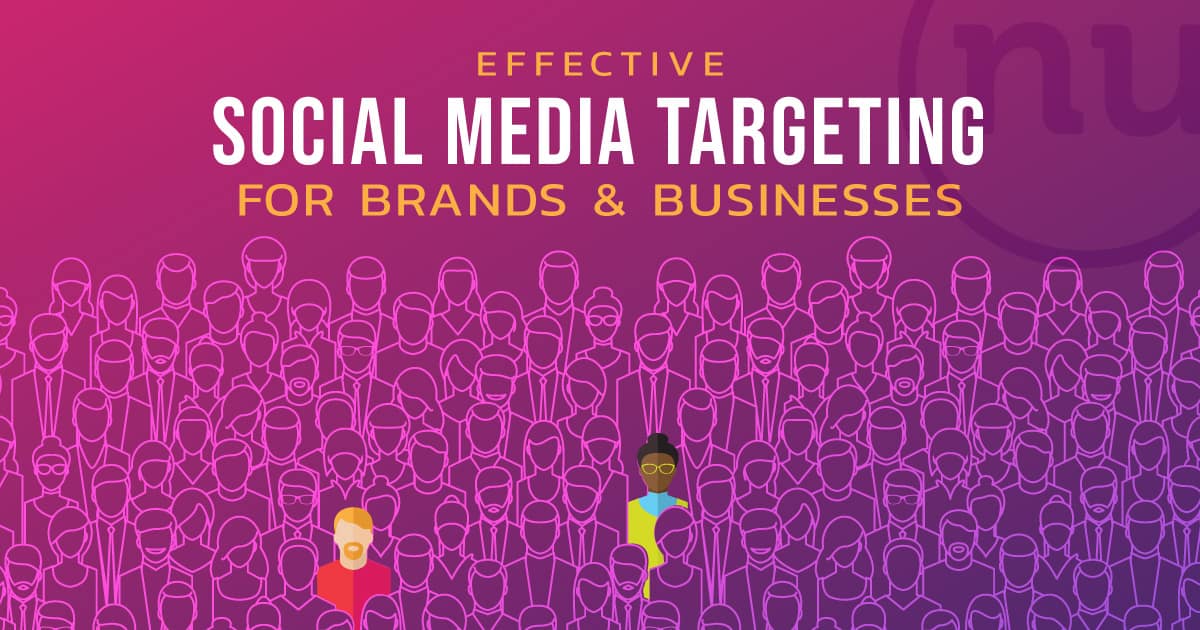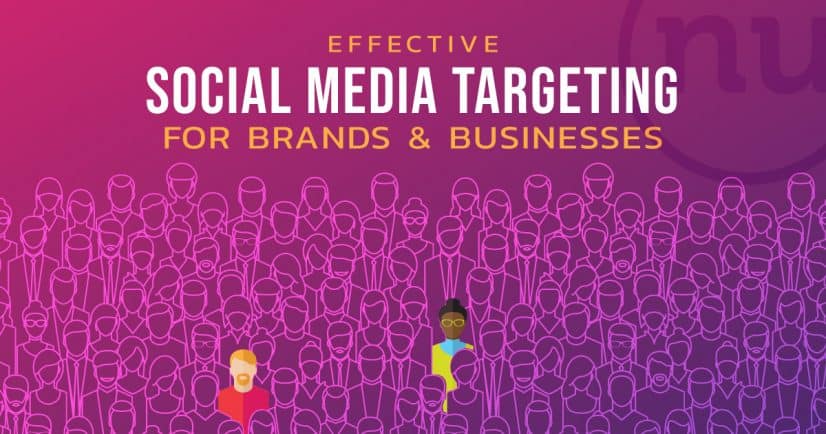
I recently went back through the Nuera blog catacombs (it just sounds more mysterious than “archives”) to read our A-Z Guide to Social Media Marketing and its subsequent follow-up about the importance of social media analytics. It dawned on me that two sentences about the importance of correctly targeting your audience on social media failed to encompass just how essential the practice is for reaching both new and existing customers. I’m here to atone with a fully formed blog that details how to effectively target your desired audience on social media using data and logical inferences while not breaking the bank in the process. These practices will allow you to add more arrows to your social media management quiver so that the social media posts you laboriously construct will hit their target.
Setting Up Your Ideal Customer Profile
Every social media platform allows you to advertise to people based on their expressed interests so the first thing you need to ask when building an audience to target is “what is my ideal customer profile?”. You know your business better than anyone and therefore know your ideal audience better than anyone. Start by creating a list of your core offerings but also acknowledge that your desired audience might not necessarily have expressed a specific interest in them, but may have an expressed affinity for something similar.
Let’s use a vegan bakery in San Francisco (that I just made up) called Earthbake as a hypothetical example. When building an audience to target for Earthbake, you’ll obviously want to target people in your area who have expressed interest in veganism and healthy food. However, by only targeting that obvious demographic, you inherently limit your reach because there are so many ancillary affinities that are still applicable. People that enjoy healthy food are often physically fit, embarking on new diets, supportive of animal rights causes, and making wholesale life changes to better themselves. By thinking broader and targeting people that have expressed interests in things on the periphery of your business, your posts can reach both your core demographic as well as those who may not even know yet that they want to try Earthbake’s world-famous vegan San Andreas Malt.
(Quits job to move to San Francisco to launch Earthbake but immediately regrets it after a cursory Google search reveals the cost of commercial real estate in the Bay Area.)
Data Brings The Target Closer
The best asset at your disposal for social media targeting is your sales data and the demographic information contained in the backend of Google Analytics and other software. At Nuera, we use a variety of social media management tools/software to identify our clients’ primary demographics and incorporate that information into the audiences we build to target. The great thing about this data is that you can go really granular down to a product level. For example, if it seems like women aged 35-45 that live in a certain area respond more favorably to posts about a specific product, you can build an audience to target those demographics when advertising that product again.
Bear in mind that “granular” is the operative term here. When you’re armed with conclusive data like this, you’re able to narrow the scope of your audience to those most likely to respond favorably and therefore don’t waste your advertising spend on people who are less likely to become customers. This data is especially important for B2B companies because it allows you to target people in the same positions at companies you already count as clients.
Targeting by Platform
Every social media platform has different methods to target your desired audiences. Some are more granular than others (LinkedIn and Twitter) while others force you to go a bit broader (Facebook and Instagram). However, a mastery of the audience-building capabilities of all these platforms will allow you to reach the people you want in a variety of ways. We could spend an entire blog going through each platform but we thought it best to provide a series of links to the platforms individual social media targeting guides as a good starting point.
You could have the greatest social media post in the world and it will probably perform well but with a little bit of an advertising push directed at the right audience, your post will quickly go from good to great. What’s more, effective targeting allows you to maximize your ad spend by ensuring your message is seen by those most likely to convert. Each platform is different, but by incorporating even these basic practices, you’ll be able to really hit the bullseye with your social media targeting.
About the Author

Jack DeYoung
As Digital Director, Jack is responsible for developing and executing engaging digital and social media campaigns. With experience at two successful startups and in the advertising industry, Jack’s background makes him uniquely qualified to tell our clients’ stories.



